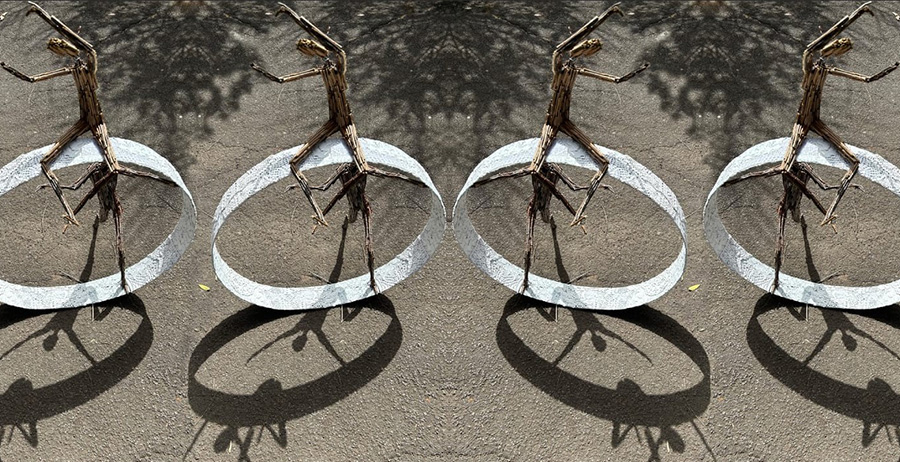ECOcrea
The importance that environmental education has gained in the past two decades can be seen in the preferential inclusion of this type of content in the main European directives on education.
It is evident that there is a real intention – and not a negligible one at that – that in the field of ecology and the environment, education and art be able to maintain a more advanced and effective discourse than we have ever seen before.
In this line, the evolution of this festival forces us to observe and reflect on the message projected to the public.
Although FICMEC is directed at the general public and it aims to sow the seeds of environmental awareness that will lead to a sustainable and responsible society, the different editions have shown the urgent need to approach the public from a different perspective, improving the mechanisms of awareness and activation in vocational training, and giving a prominent role to culture and the training action given in the Canry Islands’ Schools of Art, Schools of Art and Higher Education, and Schools of Design..
In this edition, the CFGS of Sculptural Techniques of the EASD FERNANDO ESTÉVEZ has been responsible for developing the proposal of ECOcrea, an artistic creation project, three-dimensional and with outdoor locations, which is to lead to reflection on our relationship with the environment, through an artistic intervention made with waste materials, recycled or reused.
VITRUVIO JUMPS OUT OF THE HOOP
Work of the CFGS of Sculptural Techniques. EASD FERNANDO ESTÉVEZ
The most famous circle in art is that of Vitruvius. It’s the circle with which Leonardo da Vinci talks about the correct, the formal, what is right when it comes to the proportions of the anatomy of a human body.
With this work in which the characters hang from the circle, we want to talk about the changes that the body has undergone, about diversity, about the different ways of seeing and showing ourselves.
Dancing around the body, working with vine shoots and craftsmanship. This brings us closer to nature that reminds us of who we are and where we come from and is a return to da Vinci’s thesis.


